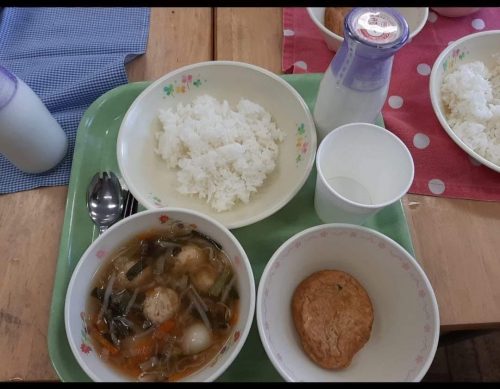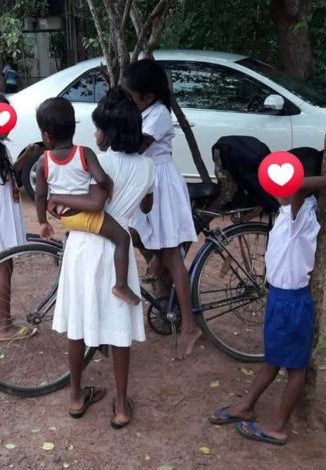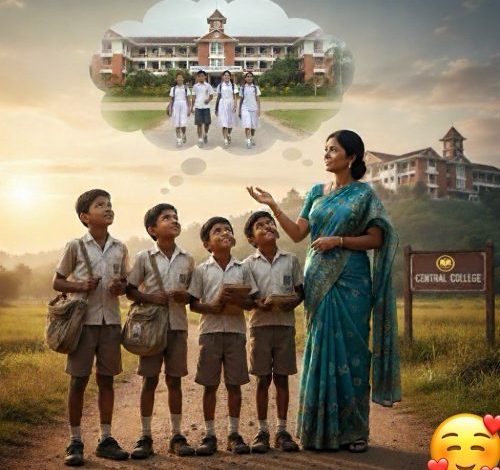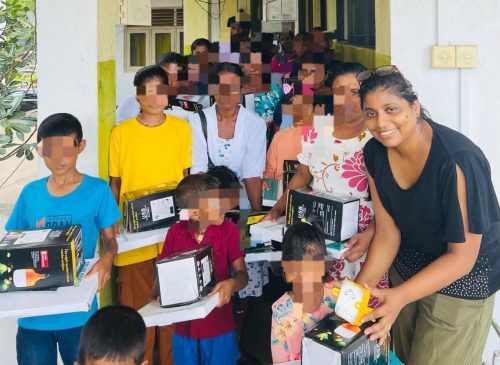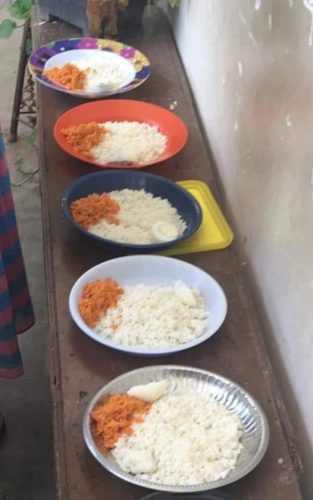
SFP 1 – Hathareswela College – Anuradhapura – Fist School Food Programme of “Piku Pihi”
The old adage “an army marches on its stomach” applies just as well to schoolchildren. For a child to learn, their stomach must first be full. But what happens when the very reason a child comes to school is to eat? In Sri Lanka, and in many parts of the world, this is a harsh reality.
This post by a former school doctor Kilishini Hendawitharana sheds light on a powerful grassroots effort to combat child hunger and keep students in the classroom. This initiative, led by a dedicated teacher named Inoka, proves that even with limited resources, a community can make a profound difference.
A Lesson from Japan
The journey begins with a powerful parallel to post-WWII Japan. Following widespread devastation, the Japanese prioritized opening schools. A Buddhist monk started a simple school feeding program, providing meals to attract students. Once the children’s hunger was satisfied, he taught them how to rebuild their lives and win. This simple yet effective strategy demonstrated that a full belly is the first step toward a hopeful future.
Japan’s school meal program today is a testament to this philosophy. Meals are centrally managed and meticulously checked for safety, with principals even tasting the food before it’s served to students. This focus on quality and consistency ensures that every child receives a nutritious and safe meal.
The Sri Lankan Struggle
In contrast, the school meal program in Sri Lanka has been inconsistent and politically influenced. Past initiatives, while well-intentioned, were often tied to specific political parties and were subject to abrupt cancellations. The author recalls getting American aid biscuits as a child and later, a three-rupee food coupon.
As a school doctor, Kilishini saw the problem up close. The government’s allocated budget for a meal was a mere 30 rupees—less than the cost of a single egg. This financial shortfall, coupled with a lack of government support, has created a crisis. With a significant number of children coming to school without breakfast, malnutrition is a serious concern. The struggle to feed their families forces many children to drop out of school to beg or find menial jobs.
A Community Rises to the Occasion
Faced with this dire situation, teachers like Inoka and principals like Mr. Athula have taken matters into their own hands. They are proving that when the government can’t act, compassionate hearts and community action can fill the gap.
The initiative is simple yet effective:
* A full stomach comes first. The immediate goal is to get food into hungry bellies, even if it’s just rice and coconut sambol.
* Community collaboration. The school collects a bag of rice and coconuts from the village. With a budget of just 5,000 rupees a week, they purchase the remaining ingredients.
* The result is life-changing. Thanks to Inoka’s efforts, 35 children who had stopped attending school are now back in the classroom. This small act of providing a meal means one less mouth for a struggling mother to feed and one more child with a chance at a better future.
Dr. Kilishini recounts the powerful story of a kind supporter, a Mr. Madugalla living abroad, who promised to sponsor the meals every day. This act of generosity shows that the fight against hunger transcends borders.
While the challenge is immense—it’s impossible to afford a whole egg, let alone a nutritionally complete meal—the spirit is unbreakable. These teachers are the unsung heroes, buying extra rice, sharing their own lunches, and cooking for their students, all to keep the flame of hope alive.
The lesson is clear: A school isn’t just a place for books and lessons. For many children, it’s a sanctuary, a place where they can find nourishment and the hope of a brighter future. As Kiloshini states, “Children still come to school just to eat.” It’s a powerful reminder that our collective duty is to ensure they can do just that, and so much more.
